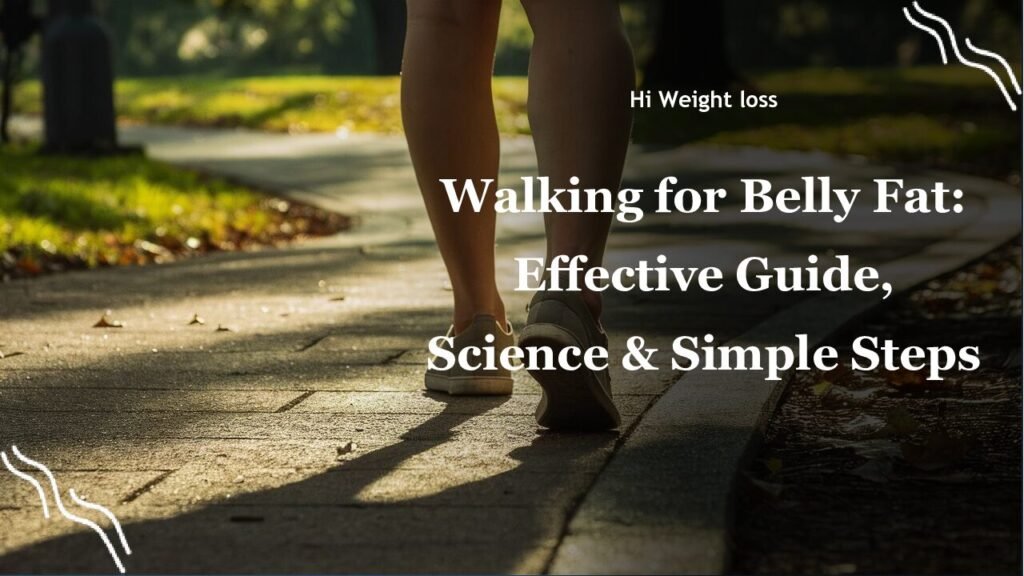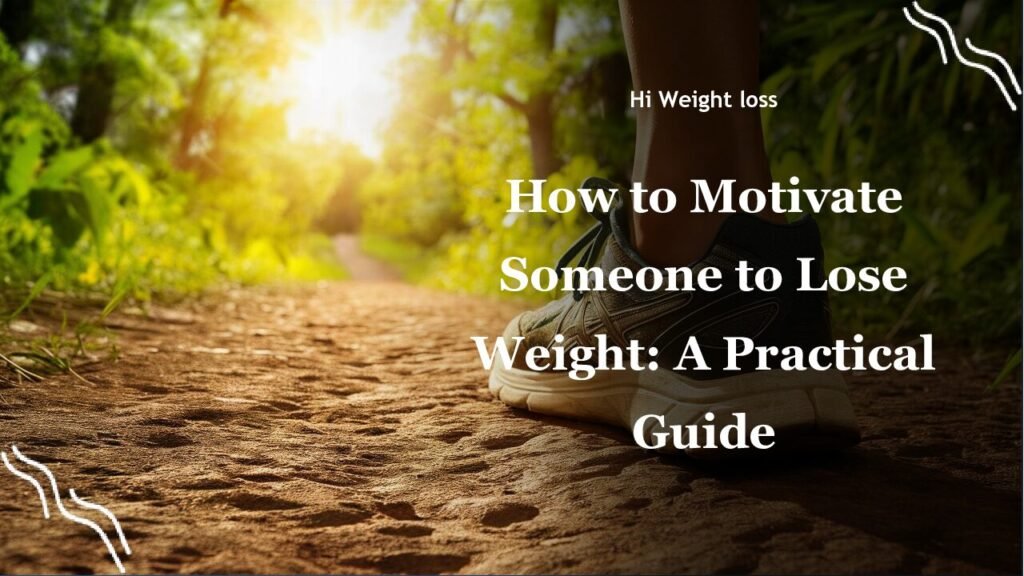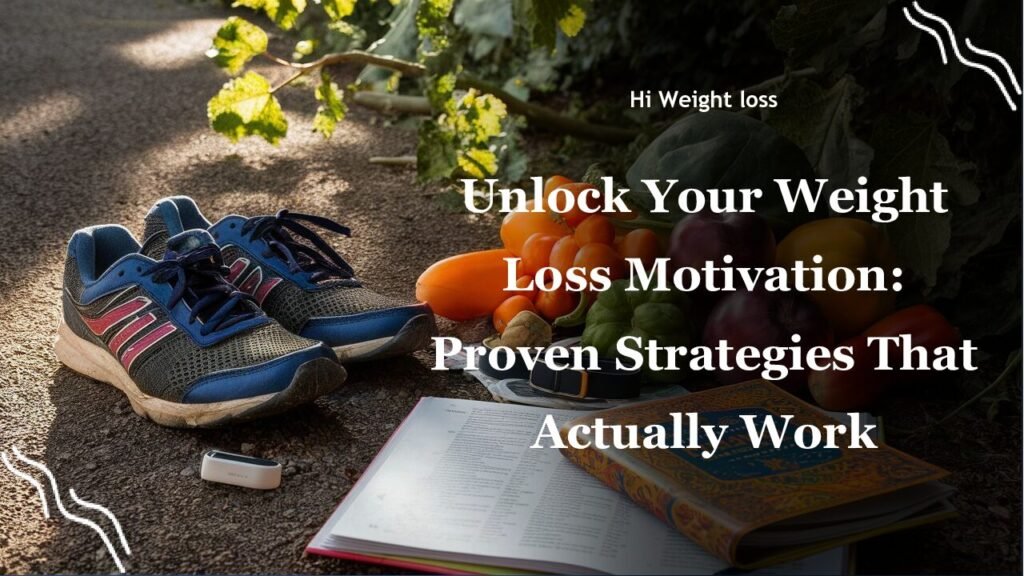Struggling to lose that stubborn belly fat? It’s a common frustration, and you might be wondering if simply walking can make a difference. Many of us, myself included, have tried various diets and workouts, only to feel like belly fat is the last thing to budge. This article will explore whether walking can actually help reduce abdominal fat, what the science says, and how you can make the most of your walks. Let’s discover how to incorporate this simple activity into your routine and see real results.
Does Walking Burn Belly Fat?
The short answer is yes, walking _can_ contribute to burning belly fat, but it’s not a magic bullet. It’s one piece of the puzzle in a larger strategy for weight loss. I remember when I first started my fitness journey, I thought I needed to go all-out with intense workouts. I was surprised to find that consistent, moderate activities like walking actually made a difference over time. Let’s delve into why and how walking can help.
The Science Behind Walking and Fat Loss
Research shows that the effectiveness of walking for fat loss depends on several factors. A study published in the journal _Nutrients_ actually suggests that walking at a slower pace can be more beneficial than faster walking. This is particularly true for postmenopausal women, where a slower walking pace of 3.2 miles per hour led to greater fat loss compared to a faster pace of 4.1 miles per hour, over the same distance and duration. This is fascinating because it challenges the common “faster is better” notion.
This is because, during slower walking speeds, your body is more likely to burn fat as fuel instead of glucose. This concept is supported by the theory that slower walking allows for a more efficient use of fat as an energy source. I’ve noticed, from my own experience, that a brisk walk often leaves me feeling more depleted, whereas a moderate stroll feels sustainable and energizing. Thinking about it from this perspective, it’s also more enjoyable for me and more sustainable in the long run.
So, don’t feel pressure to speed walk every time. A consistent, slower walk can work wonders. I think the key takeaway is that even gentle exercise helps!

How Walking Reduces Midsection Fat
The reduction of midsection fat through walking isn’t just about burning calories; it’s about how your body uses energy. When you walk at a moderate pace, your body taps into its fat stores for energy, which contributes to overall fat loss, including the stubborn abdominal fat. I’ve had friends tell me they feel like they’re not “working hard enough” if they’re not out of breath. However, the evidence suggests otherwise.
Furthermore, the impact of walking on belly fat reduction is amplified when paired with a low-fat diet. A clinical study on walking exercise volumes showed that both 30 minutes and 60 minutes of walking, five days a week, had similar positive effects on body weight and fat distribution when combined with a low-fat diet. This reinforces the idea that consistency and a balanced diet are crucial factors. This study also shows the benefit of regular walking for body fat loss, it’s encouraging to see that it is proven.
Remember, the key here is consistency and combining walking with other healthy habits. It’s not a quick fix, but a sustainable strategy that can lead to noticeable changes over time. From my experience, focusing on making walking a regular part of my routine is key.
Walking Routine: Consistency is Key
Now, let’s get practical. How often should you walk to see results? The research indicates that regular walking, even for just 30 minutes most days of the week, can make a significant difference. I’ve personally found that setting a daily goal to walk is more effective than trying to squeeze in a long walk once a week. Consistency really is the golden rule here.
You don’t need to hit the gym to get your steps in. Start with what’s feasible – a walk around your neighborhood, a stroll during your lunch break, or even walking partway to work. Small changes add up. I remember one client who started walking to her local grocery store instead of driving. It wasn’t a huge adjustment, but it led to significant long-term changes in her physical and mental well-being. She felt less sedentary overall, and it helped her feel more connected to her community.
Think about ways you can weave walking into your daily routine – it’s not just about carving out dedicated workout time but integrating movement into your life.
Enhance Your Walks for Better Results
While any walk is beneficial, there are ways to enhance your walks to maximize fat burning. Incorporating hills, adding some light hand weights, or walking on varied terrain can make your walks more challenging. Just remember, it’s not about high-intensity workouts, but about consistently challenging yourself. I love to find new walking routes, sometimes they are through parks and others are through new neighborhoods, so the time flies by!
You can also try interval training – alternating between moderate and slightly faster paces. For example, walk at a comfortable pace for 5 minutes, then increase your speed for 1 minute, and then return to your comfortable pace. This helps keep your body guessing and helps to increase the burning of calories. I found that this type of walking was more effective than a consistently paced walk for me.
Finally, consider tracking your walks using a pedometer or a fitness app. Seeing your progress can be a fantastic motivator. The use of a pedometer is something I’ve personally found very helpful as it provides me with a visual record of how active I am being.
The Role of Diet in Belly Fat Reduction
It’s important to remember that walking alone isn’t enough to reduce belly fat effectively. Diet plays a vital role in this equation. Even the most dedicated walkers won’t see significant changes if they aren’t also mindful of what they eat. A balanced diet low in processed foods and high in whole foods is key for fat loss. When my own friend began focusing on her nutrition, she saw much better results, even as she continued the same walking routine.
Focus on reducing your intake of sugary drinks, saturated and trans fats, and processed foods. Instead, add more fiber-rich foods, lean proteins, and healthy fats. Small, consistent changes to your eating habits can make a significant difference over time. Combining a sensible diet with a consistent walking routine will help you to see more positive results.
In the table below, you will find a basic guideline for nutritional changes:
| Foods to Reduce | Foods to Increase |
|---|---|
| Sugary Drinks | Water |
| Processed Foods | Whole Foods (fruits, vegetables, lean proteins) |
| Saturated and Trans Fats | Healthy Fats (avocado, nuts, olive oil) |
| Refined Carbs | Fiber-Rich Foods (whole grains, legumes) |
Conclusion
In conclusion, walking _does_ play a valuable role in burning belly fat. It’s not a standalone solution, but when combined with a healthy diet and consistent routine, it can be a powerful tool. Remember that study in the journal _Nutrients_, which highlighted the effectiveness of slower walking for fat loss, particularly in postmenopausal women; this is a great reminder that we shouldn’t overdo it when we’re starting out, but we should try to establish a routine. The focus should be on making walking a regular part of your lifestyle, whether that’s a leisurely stroll or an uphill hike. The benefits extend beyond just physical health as incorporating a walk into your day can also give you a mood boost.
Start small, be consistent, and don’t forget to nourish your body with a healthy diet. Take that first step today, and you’ll be amazed at how far you can go. What’s your favourite walk to do, and what time of day do you prefer? Share with us in the comments!
FAQ
How long should I walk to burn belly fat?
Aim for at least 30 minutes of moderate-intensity walking most days of the week. Consistency is more important than duration in this instance.
Is it better to walk fast or slow to lose belly fat?
Interestingly, research suggests that slower walking can be more effective for fat loss. Focusing on moderate intensity rather than speed is beneficial. A study about slow walking weight loss showed that slower walking allowed better fat loss results for women.
Can walking alone eliminate belly fat?
Walking alone won’t eliminate belly fat, but it can help, when combined with a balanced diet and other lifestyle changes. Diet is the main factor here.
How often should I walk to see results?
Try to walk most days of the week. Consistency is crucial for achieving results. Even a little walk helps.
Do I need to do any other exercise besides walking to lose belly fat?
While walking is very beneficial, incorporating other forms of exercise such as strength training can enhance fat loss and improve overall health. However, if your focus is on weight loss, walking is a good start.



